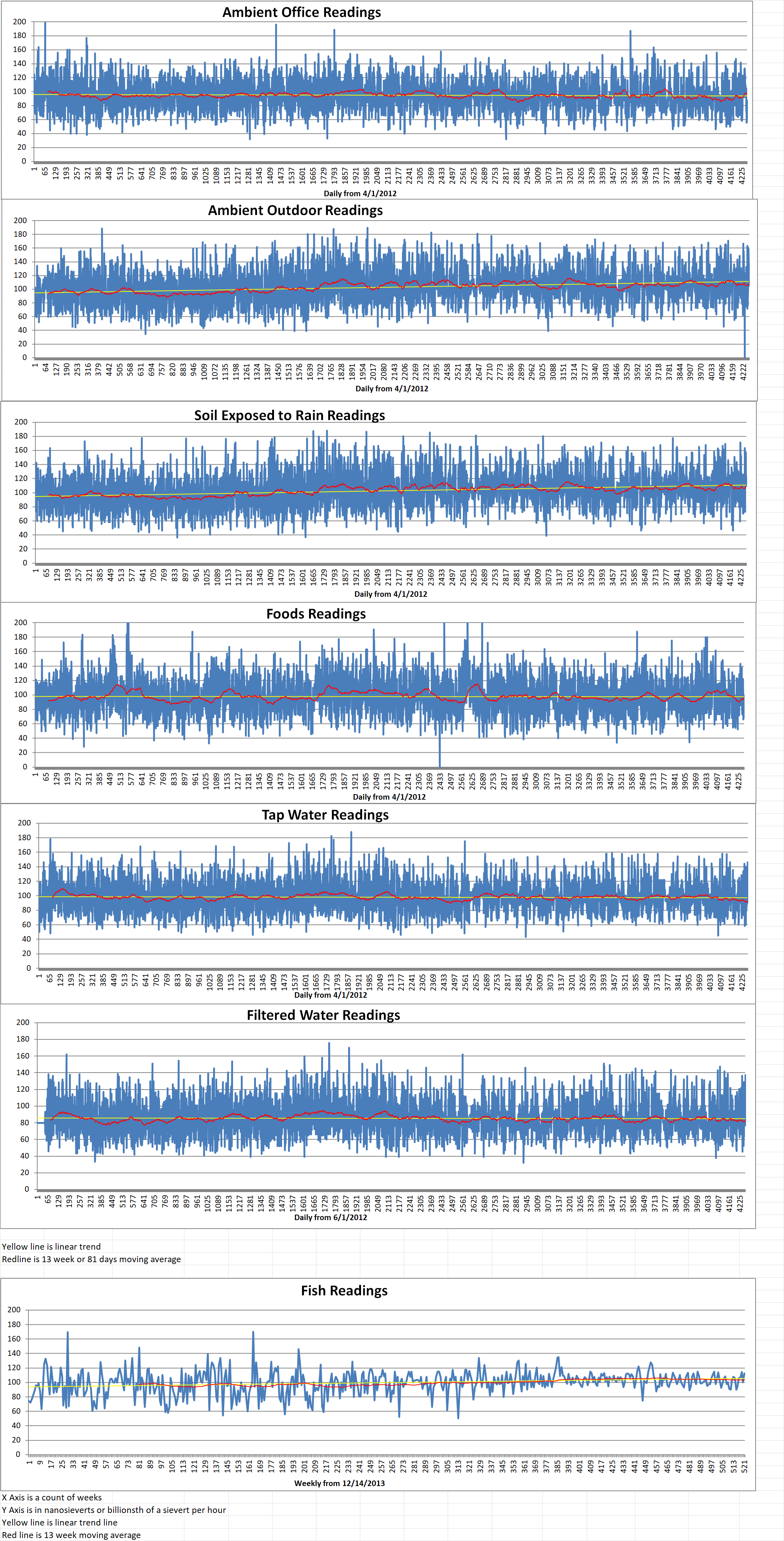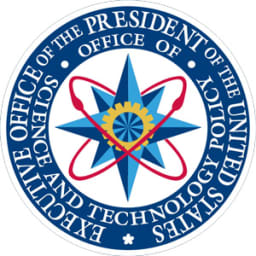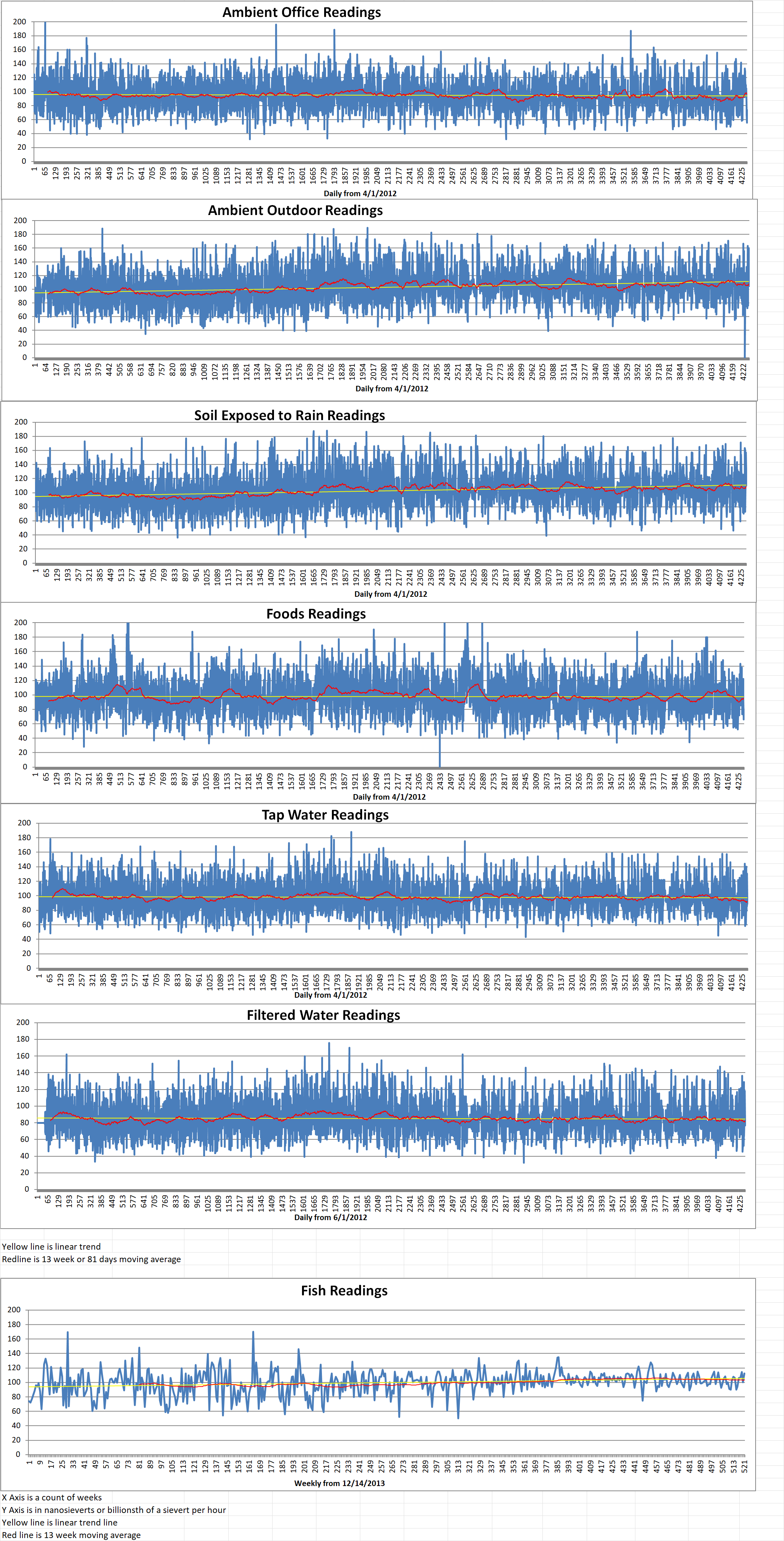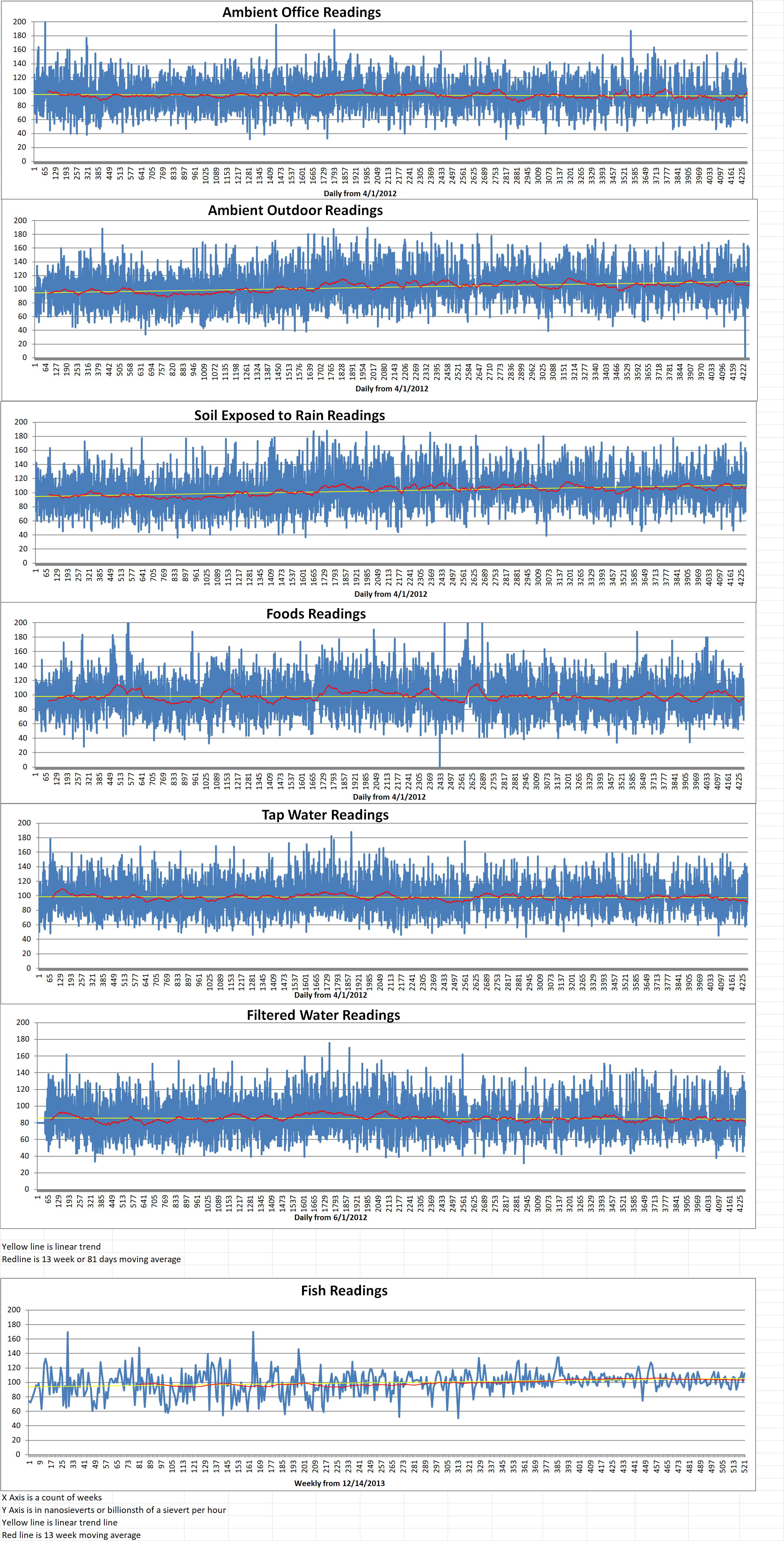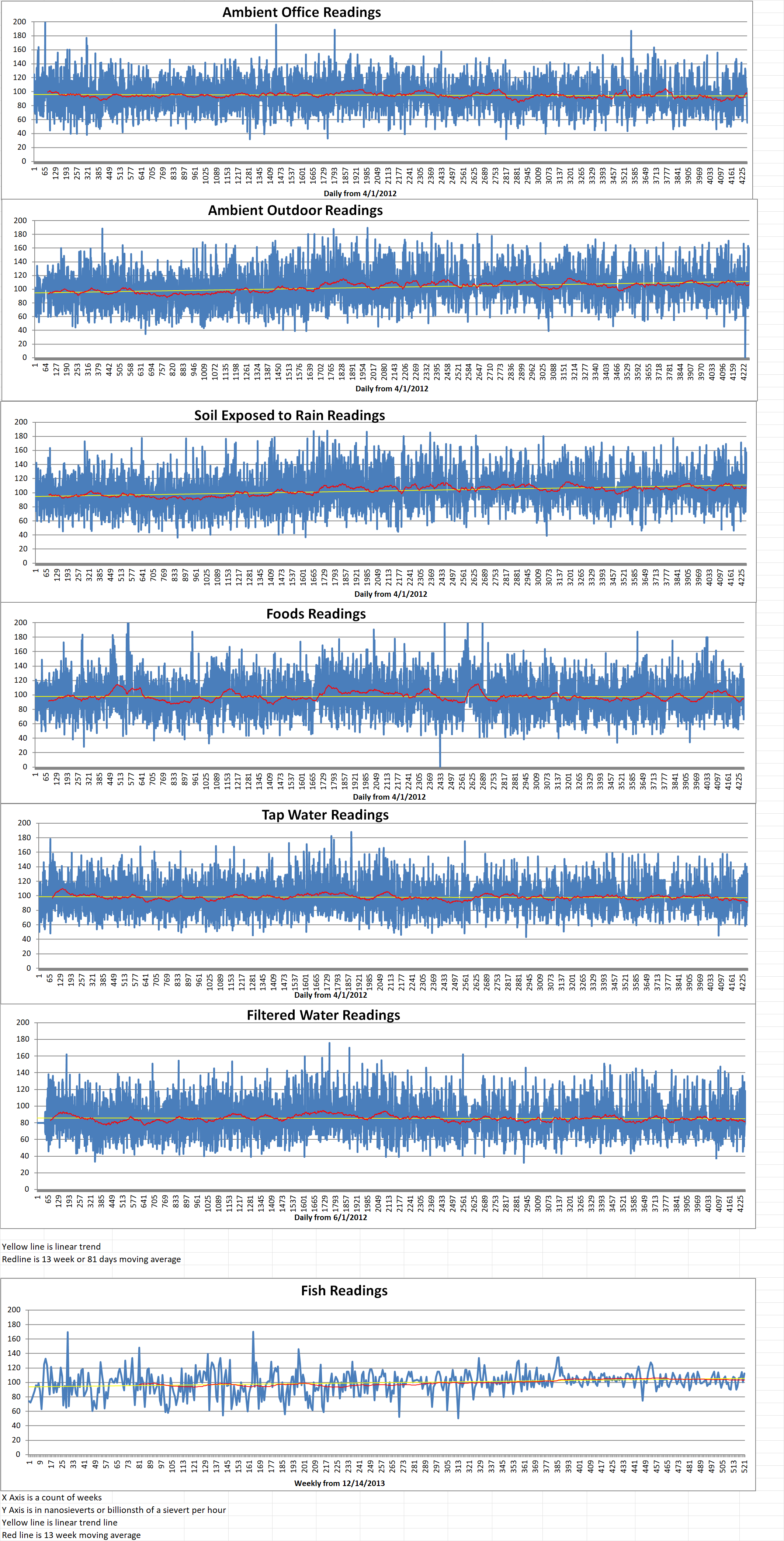Part 2 of 2 Parts (Please read Part 1 first)
If the state decides to extend its current five-year PG&E extension approval through 2030, the federal approval will already be in place.
Those opposed to license extension are also proceeding with their attempts to get the plant to shut down as scheduled.
Three climate activist groups filed a motion for the immediate closure of Diablo in March of 2024. They said that the nuclear plant poses an “unacceptable safety risk.”
San Luis Obispo Mothers for Peace, Environmental Working Group, and Friends of the Earth also requested a hearing with the NRC to force the agency to consider the groups’ safety concerns.
The groups say the location of the Diablo Canyon plant near earthquake faults makes it susceptible to an earthquake that could cause a catastrophic nuclear meltdown.
Zawalick countered, “So, Diablo Canyon is the most studied region, from a seismic standpoint of any nuclear plant in the United States and possibly the world, as a condition of our original license to operate these plants and it will continue into extended operations.”
However, the environmental groups’ court filing also says keeping the plant open “hurts the state’s shift to safe, renewable energy and prolongs the risk of disaster at the plant.”
Jane Swanson is one of the original members of Mothers for Peace. She said, “It inputs 24/7. You can’t ramp up and down a nuclear power plant on the basis of need because it’s too dangerous. That’s how things get out of control. And so, as long as it’s inputting this into the western grid, you can’t add more renewables, so it’s counterintuitive but this big source of electricity is blocking the addition of some renewables.”
Even with CPUC approval and NRC application review, there are several more agencies which have yet to weigh in. They could derail the license extension process. The agencies include the California Coastal Commission, the California State Lands Commission, the California Energy Commission, and the California Air Resources Board.
Currently, PG&E is moving forward on two different tracks. It is planning for continued operation (the plant’s Unit 2 reactor is currently being refueled) and planning for the plant’s eventual decommissioning.
Zawalick said, “The state has a few more to do. So now, I just say that we continue to, like every nuclear plant is, planning for decommissioning no matter where you are on the timeline.
Whether it is five, ten or twenty years from now, the Diablo Canyon plant will eventually need to be shut down. On Wednesday, May 22, the Diablo Canyon Decommissioning Engagement Panel hosted an in-person and virtual meeting from 6-9 p.m. at the Atascadero City Hall. The purpose of the meeting was to discuss how the seven-hundred-and-fifty-acre site on which Diablo Canyon Power Plant is located could be repurposed in the future.
Also on Wednesday, the NRC’s Atomic Safety and Licensing Board heard oral arguments on the petition from Mothers for Peace, the Environmental Working Group, and Friends of the Earth. The hearing will be held at NRC headquarters in Rockville, Maryland.

